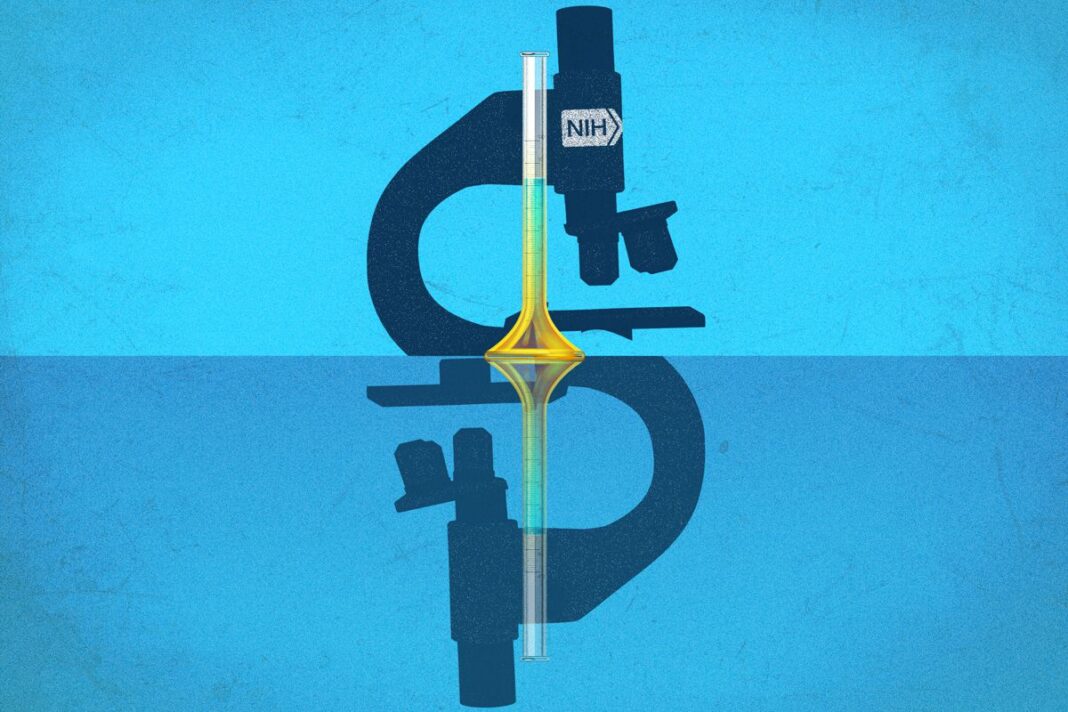The Trump administration seeks to cap overhead costs paid to research schools. Universities and some lawmakers have cried foul.
The National Institutes of Health (NIH) is the world’s largest funder of medical research, granting billions of dollars to U.S. colleges and universities each year.
A point of contention in NIH funding is the little-known and less well-understood practice of paying indirect costs for medical researchers.
Indirect costs are the expenses an organization incurs while performing its primary work.
These include personnel and payroll management, administrative support, janitorial services, and building maintenance.
All stakeholders tend to agree that indirect cost reimbursement is necessary for ongoing medical research. But how much is enough?
That’s the question the Trump administration and some lawmakers are asking.
Here’s a look at what indirect costs are, how they’re calculated, and the arguments for and against lowering them.
How Indirect Costs Work
When the NIH issues a grant, the amount spent on the research itself is called the direct cost. That includes things such as researcher salaries, graduate assistant stipends, lab supplies and equipment, and travel.
Indirect costs cover things that can’t be attributed to any one research project but are necessary to keep the operation going. These come in two kinds: facilities and administration.
Administrative costs include things like university administrator salaries, departmental staff, and office supplies. The NIH said it has paid such indirect costs for nearly 70 years, starting with an 8 percent rate in the 1950s. Since 1991 NIH has capped administrative costs for universities at 26 percent of the direct cost of the grant.
Facilities costs include building depreciation, interest on debt for certain buildings and equipment, and a share of the university’s maintenance costs.
For NIH purposes, the administrative cost plus the facilities cost equals the indirect cost.
The formula for calculating the indirect cost rate is complex.
Universities that receive grants from the NIH negotiate this rate every four years and must show why the money is needed to support research.
The rate can be raised or lowered for certain projects depending on a host of factors.
Generally speaking, the indirect cost for a given project is calculated as a percentage of the direct cost.









